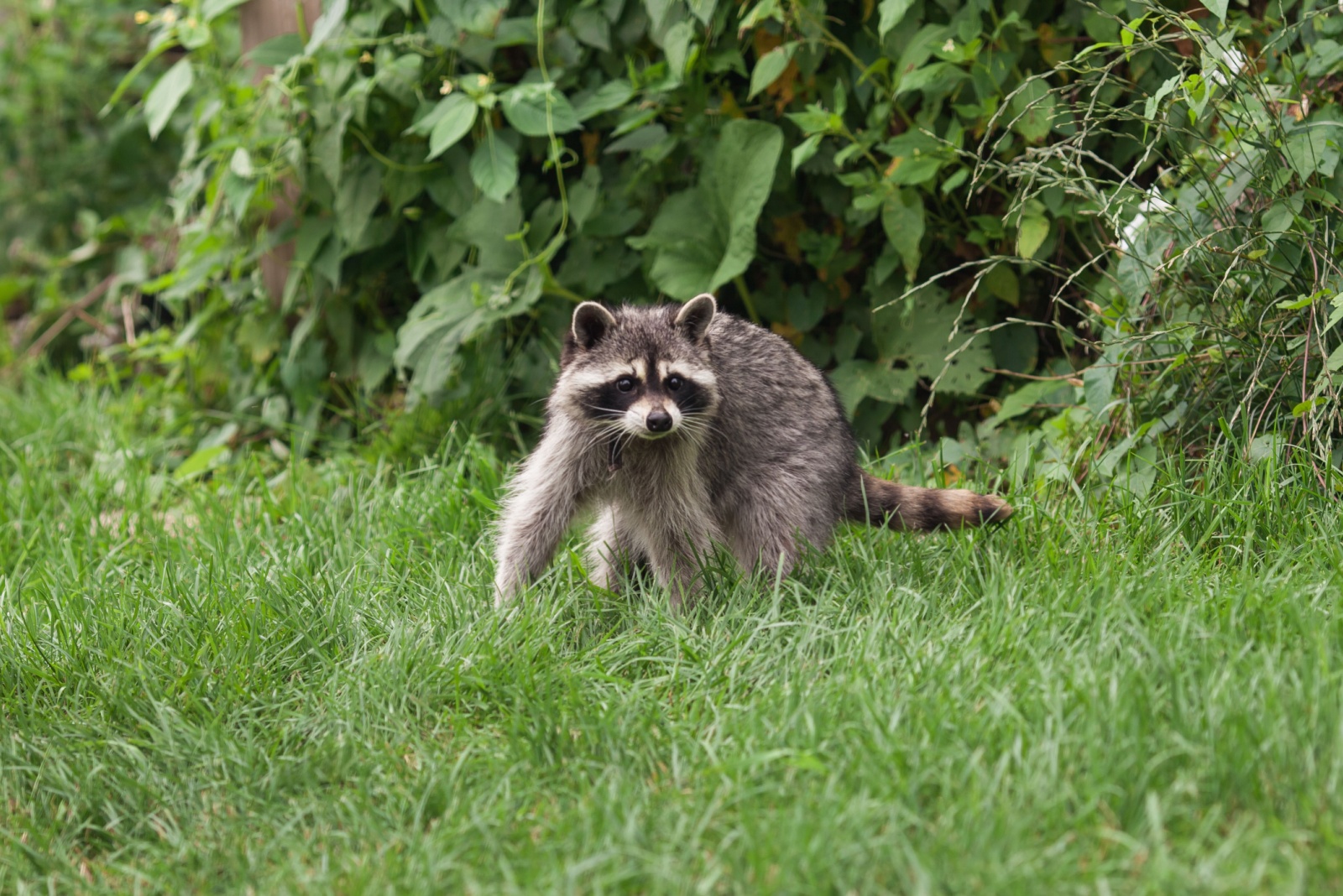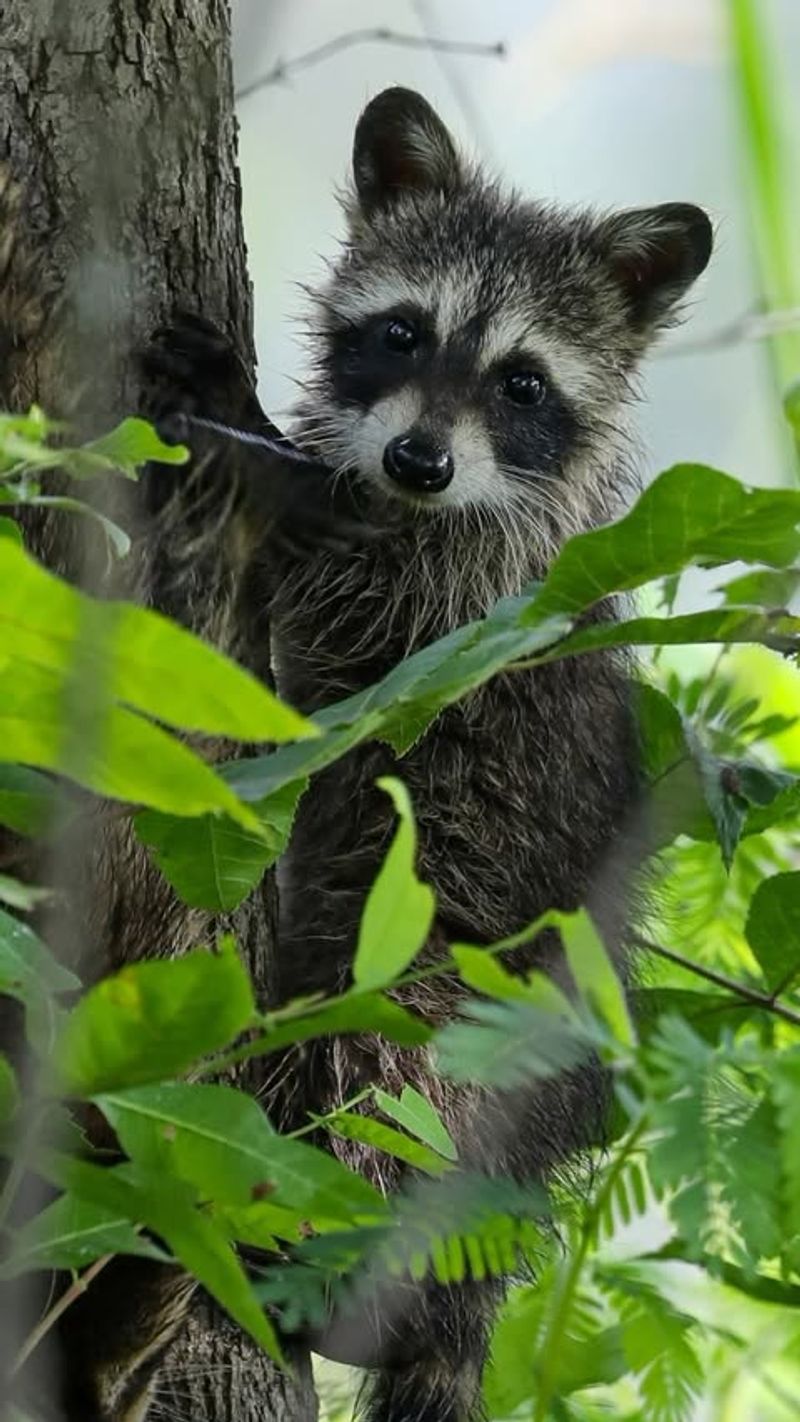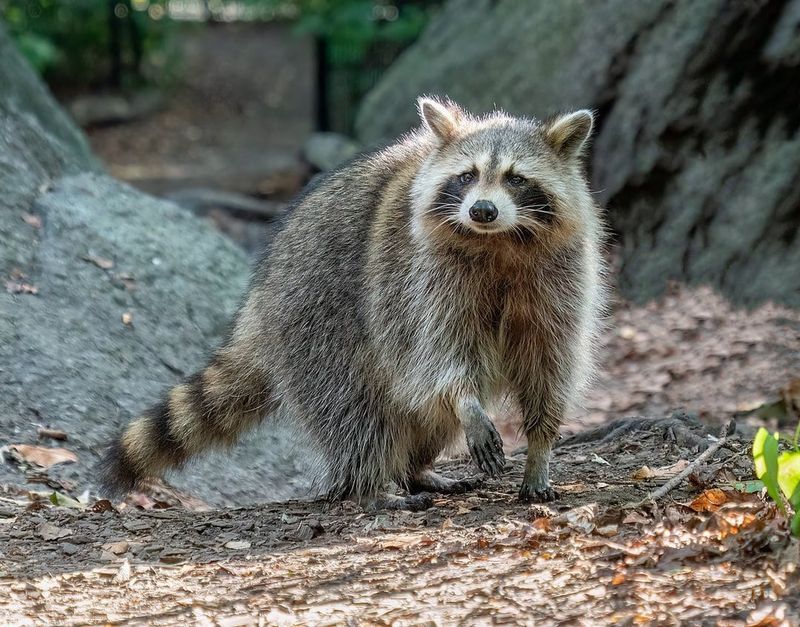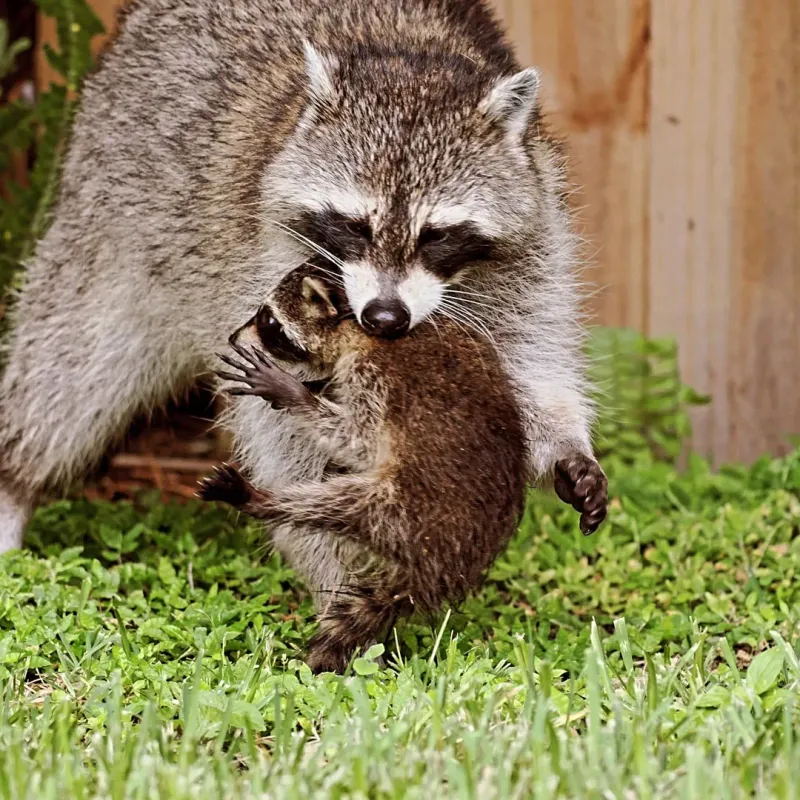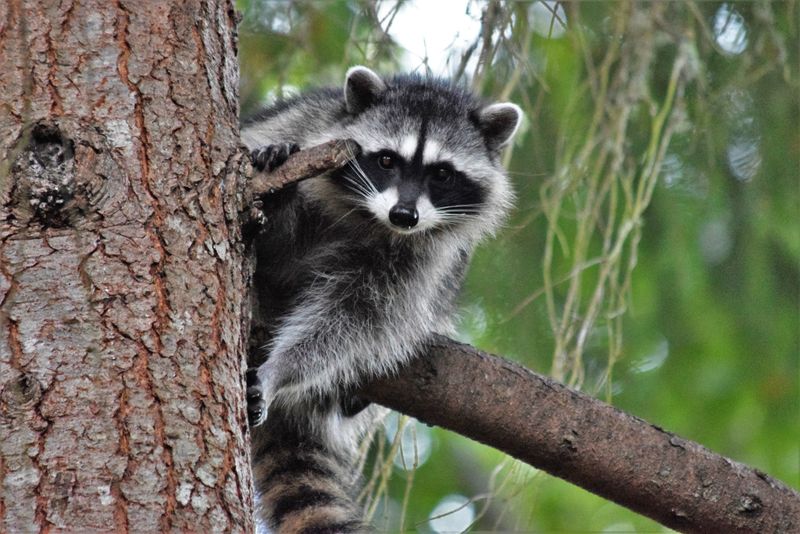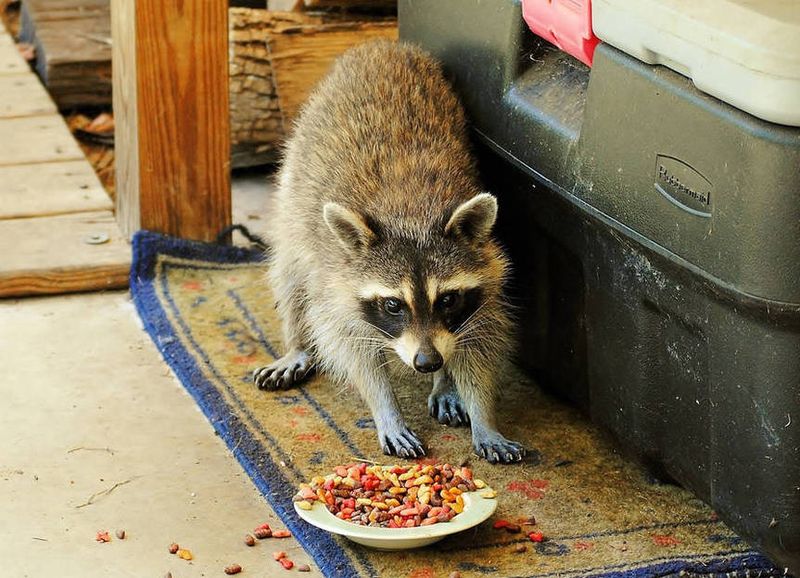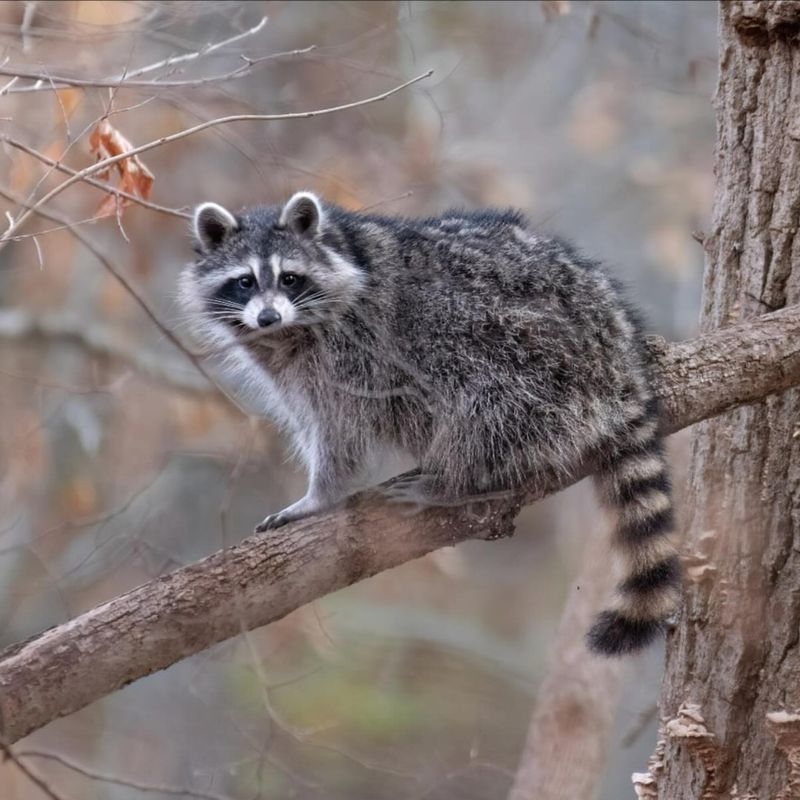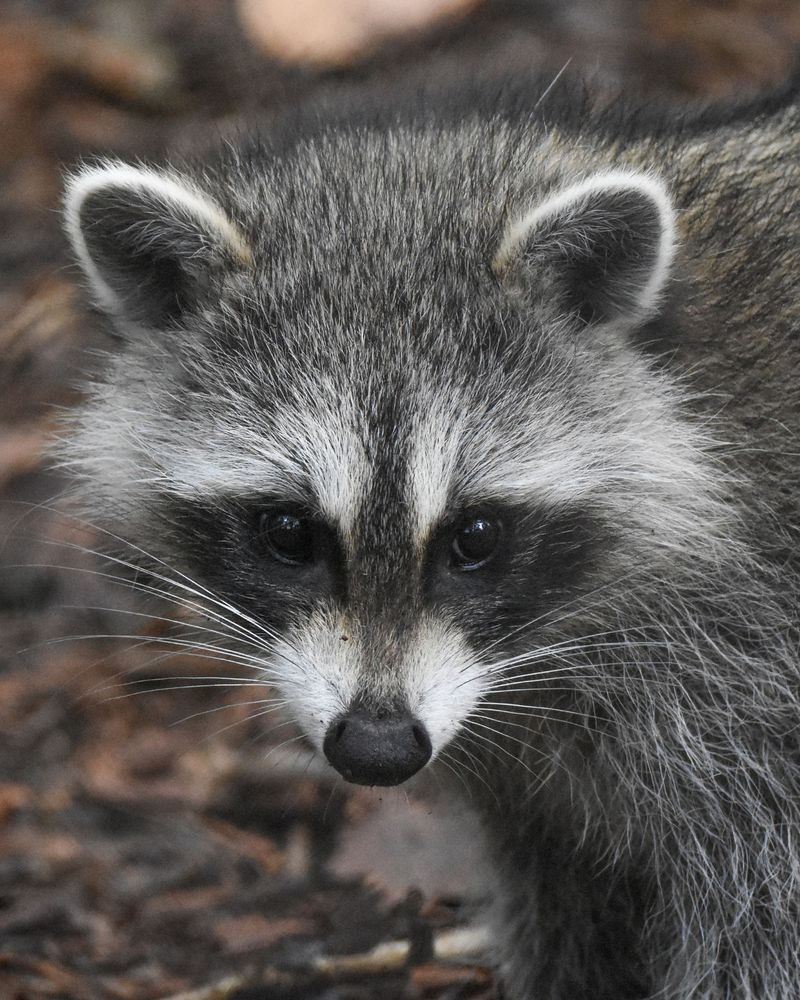Raccoons might look cute with their masked faces and fluffy tails, but having them in your yard can create serious problems for Pennsylvania homeowners. From property damage to health risks, these clever critters require careful handling.
Before you try to remove them yourself, understanding the facts can save you time, money, and potential legal trouble.
1. Pennsylvania Law Protects Raccoons
Pennsylvania classifies raccoons as furbearing animals, which means strict regulations govern how you can handle them. Homeowners cannot trap or relocate raccoons without proper permits from the Pennsylvania Game Commission.
Violating these laws can result in hefty fines ranging from $200 to $1,500. Only licensed wildlife control operators have the legal authority to trap and relocate these animals properly, ensuring both your safety and compliance with state wildlife protection statutes.
2. Raccoons Carry Dangerous Diseases
Rabies poses the biggest health threat when dealing with raccoons in Pennsylvania. The state consistently ranks among the top for rabies cases, with raccoons being primary carriers of this deadly virus.
Beyond rabies, these animals can transmit roundworm through their droppings, causing serious infections in humans. Leptospirosis and canine distemper also spread through raccoon urine and feces, making direct contact or cleanup extremely risky without proper protective equipment and professional guidance.
3. Mother Raccoons Are Fiercely Protective
Spring and early summer bring baby raccoon season, when mother raccoons become incredibly aggressive defending their young. A cornered mama raccoon will attack without hesitation, using sharp claws and teeth to protect her kits.
Attempting removal during breeding season often separates mothers from babies, leaving helpless kits to starve inside your attic or walls. Professional wildlife experts know how to identify nursing mothers and reunite families safely before implementing humane removal strategies.
4. DIY Removal Methods Usually Backfire
Homeowners often try loud noises, bright lights, or ammonia-soaked rags to drive raccoons away, but these tactics rarely work long-term. Raccoons are incredibly intelligent and adaptable, quickly learning to ignore temporary annoyances.
Worse yet, amateur trapping attempts frequently result in injured animals, property damage, or personal injury. Without understanding raccoon behavior patterns and proper exclusion techniques, you might solve one problem only to create several more expensive issues down the road.
5. Raccoons Cause Expensive Property Damage
With their dexterous paws and determination, raccoons can tear through roof shingles, rip apart soffits, and destroy insulation within days. They often create multiple entry points, making repairs complicated and costly.
Once inside attics or crawl spaces, their waste accumulates rapidly, requiring professional decontamination services. Insurance companies typically exclude wildlife damage from standard homeowner policies, leaving you responsible for repair bills that commonly exceed $2,000 for significant infestations and structural restoration needs.
6. Food Sources Attract Raccoons Repeatedly
Garbage cans, pet food bowls, bird feeders, and compost piles act like all-you-can-eat buffets for hungry raccoons. Simply removing one raccoon accomplishes nothing if these food attractions remain accessible.
Securing trash with locking lids, bringing pet food indoors at night, and removing fallen fruit from trees eliminates the reasons raccoons visit your property. Without addressing these attractants first, you will face continuous raccoon problems regardless of how many animals professionals remove from your yard.
7. Timing Matters For Humane Removal
Late fall through early winter represents the ideal window for raccoon removal in Pennsylvania. During this period, juveniles have matured enough to survive independently, and females are not pregnant or nursing babies.
Attempting removal during spring and summer often violates humane treatment standards and complicates the process significantly. Professional wildlife controllers schedule removal strategically, considering breeding cycles and weather patterns to ensure ethical practices while achieving permanent solutions for your property.
8. Prevention Beats Removal Every Time
Installing chimney caps, sealing foundation cracks, and trimming tree branches away from your roofline costs far less than dealing with established raccoon problems. Regular property inspections identify vulnerable entry points before animals exploit them.
Motion-activated sprinklers and secure fencing around gardens provide additional deterrence without harming wildlife. Investing a few hundred dollars in preventive measures now saves thousands in removal services, repairs, and health risks associated with raccoon infestations throughout Pennsylvania neighborhoods.

